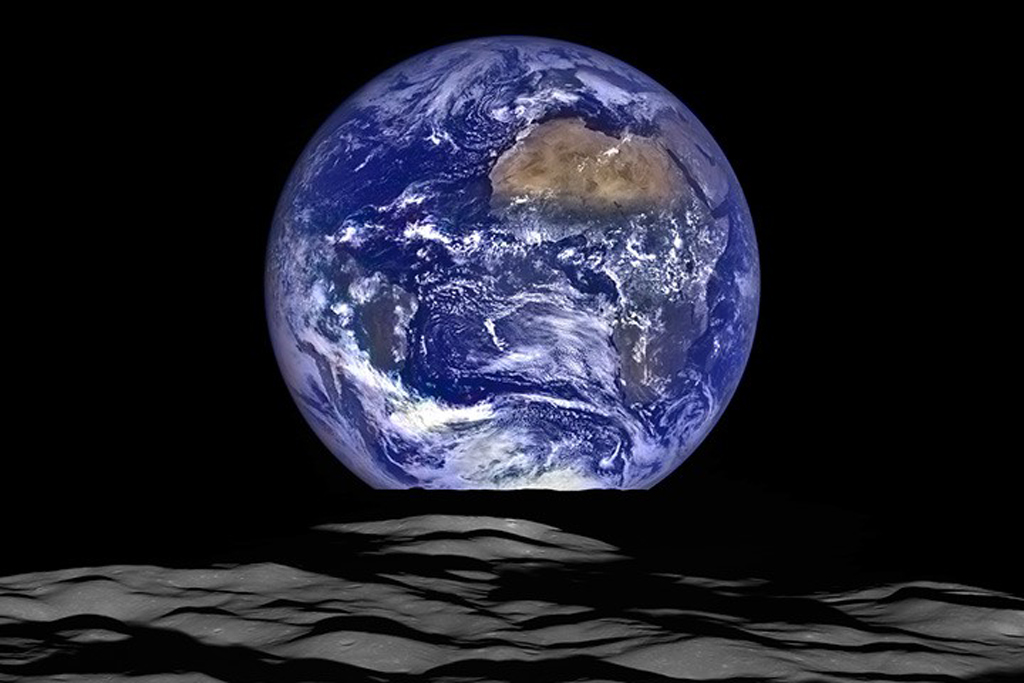NASA JPL is developing a new suite of instruments to ingest and analyze liquid samples, and a team of scientists thinks that they can use nitrous oxide as a biosignature.

The search for life beyond Earth is one of the more fascinating scientific endeavors currently underway. Without a way to place robots or humans on distant worlds both within and outside our solar system, scientists have been working to come up with methods that will work from a distance.
First up, NASA’s Jet Propulsion Laboratory has been developing a new suite of instruments called OWLS or the Ocean Worlds Life Surveyor. The system is “designed to ingest and analyze liquid samples” using eight separate instruments, potentially from an erupting vapor plume such as those seen at Saturn’s moon Enceladus or Jupiter’s moon Europa. Co-principal investigator Peter Willis notes: We wanted to create the most powerful instrument system you could design for that situation to look for both chemical and biological signs of life.
After working on OWLS for almost five years, the science team tested the equipment on the very salty water of Mono Lake in Califonia. The software found chemical and cellular evidence of life, without human intervention. And now the team is set to work on customizing and miniaturizing the instruments for space missions.
And while OWLS is being designed for use within the solar system, another research team has been looking for ways to determine if there is life on exoplanets. In a new paper published in The Astrophysical Journal, researchers used computer modeling to find that nitrous oxide, or laughing gas, may be a potential biosignature on those distant worlds.

Nitrous oxide (NO2) can be created by life in a variety of ways, including microorganisms that transform other nitrogen compounds into NO2. Lead author Eddie Schwieterman further explains: Life generates nitrogen waste products that are converted by some microorganisms into nitrates. In a fish tank, these nitrates build up, which is why you have to change the water; however, under the right conditions in the ocean, certain bacteria can convert those nitrates into N2O. The gas then leaks into the atmosphere.
Of course, it’s not just life that can create NO2. Lightning also creates a small amount of the gas. But lightning would at least indicate weather processes, which would still be an exciting result. Before anyone gets too excited, though, other scientists have concluded that detecting nitrous oxide from exoplanetary distances would be beyond difficult, even with the JWST. That’s not going to stop this team from asking for time on our newest space telescope to test out their hypothesis.
More Information
- NASA JPL press release
- UC Riverside press release
- “Evaluating the Plausible Range of N2O Biosignatures on Exo-Earths: An Integrated Biogeochemical, Photochemical, and Spectral Modeling Approach,” Edward W. Schwieterman et al., 2022 October 4, The Astrophysical Journal
This story was written for the Daily Space podcast/YouTube series. Want more news from myself, Dr. Pamela Gay, and Erik Madaus? Check out DailySpace.org.
This article was originally published for medium.com.





